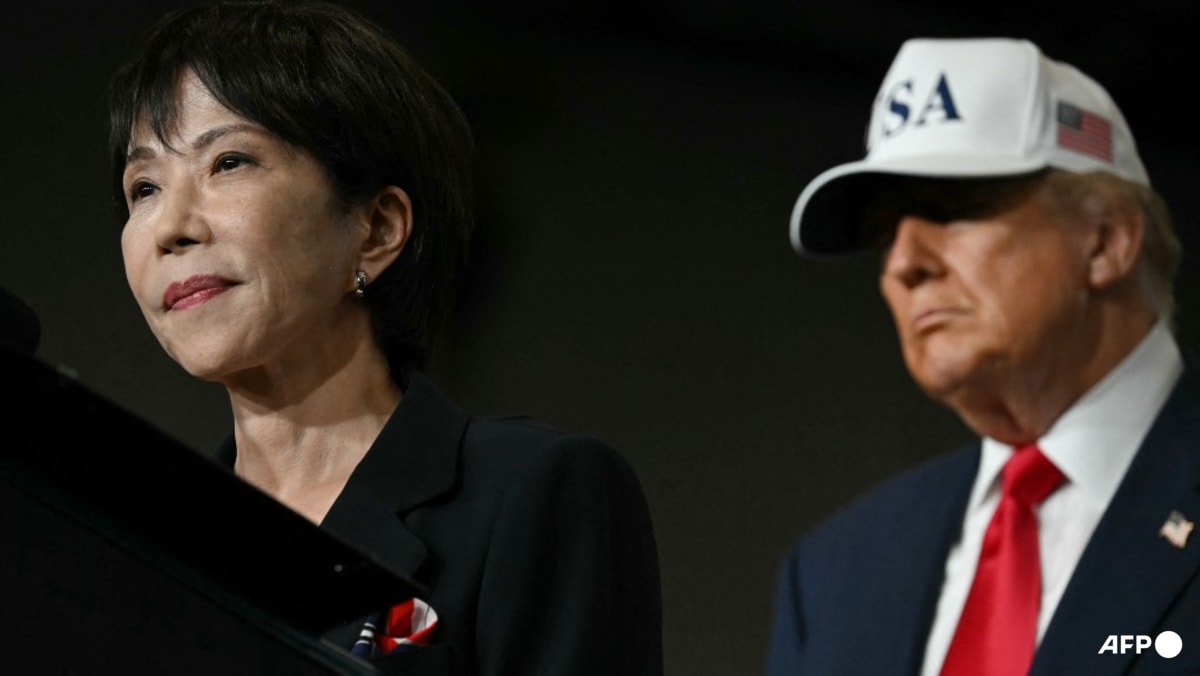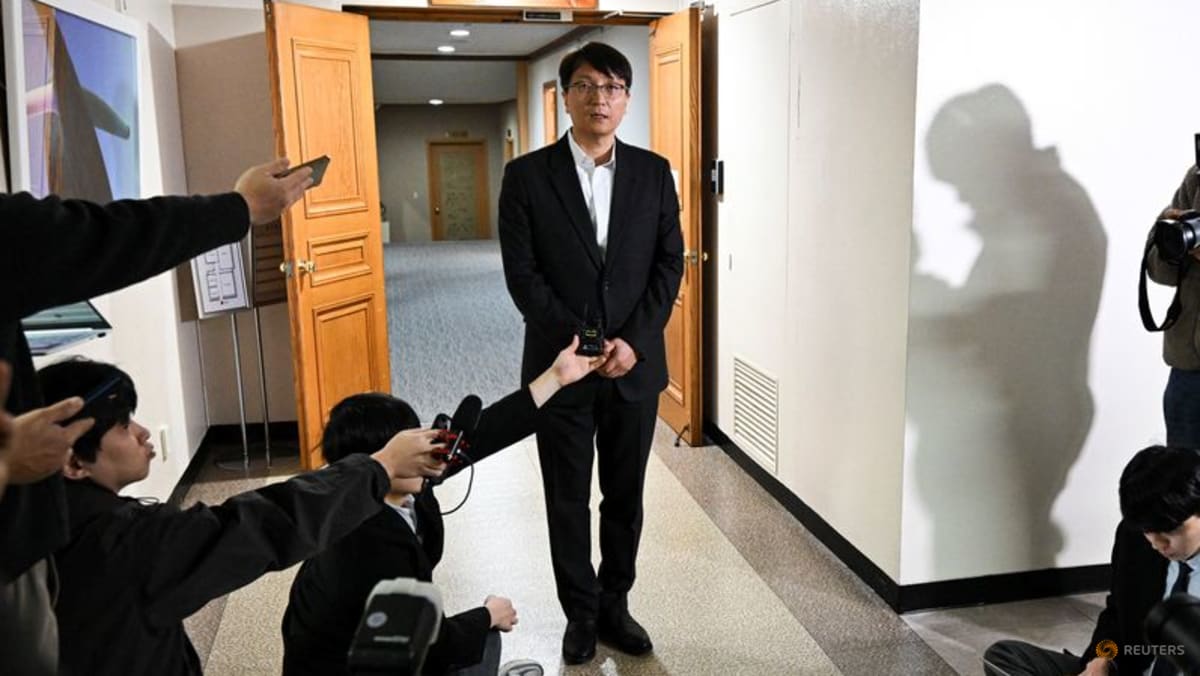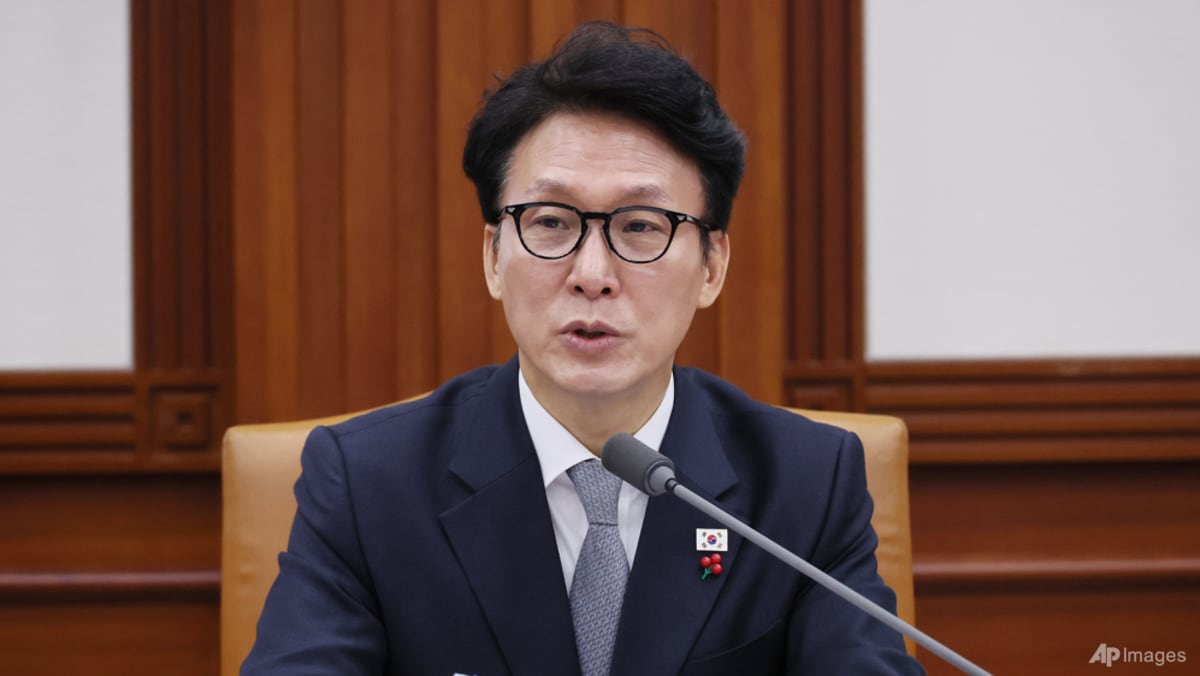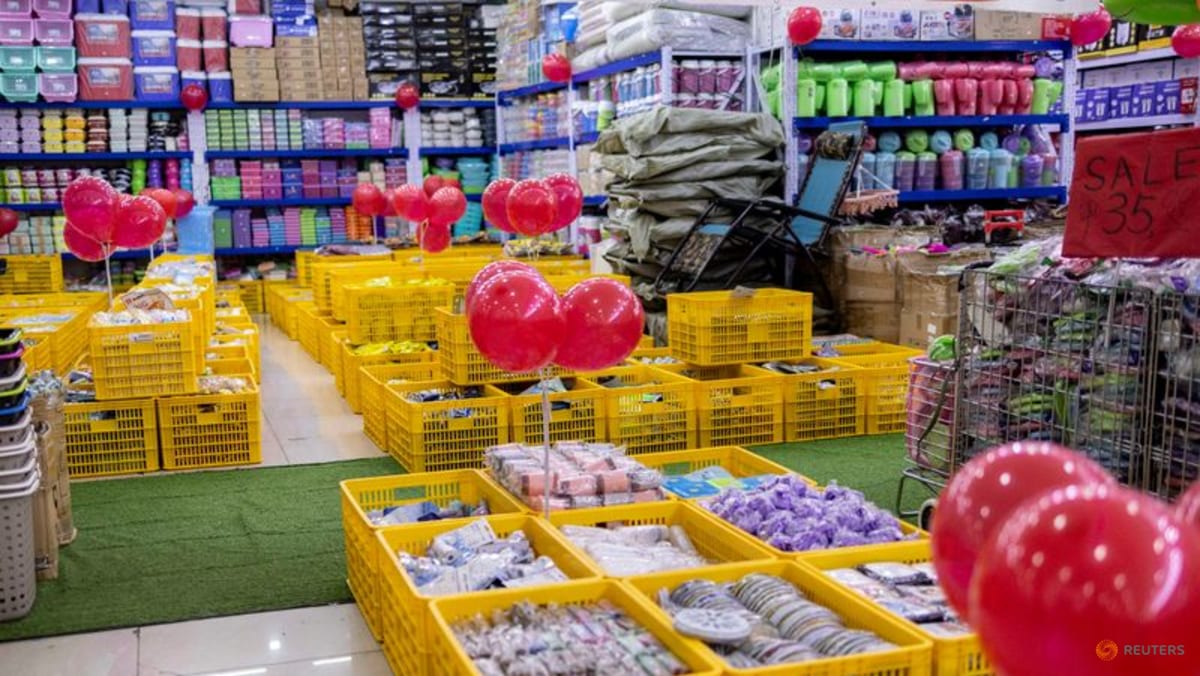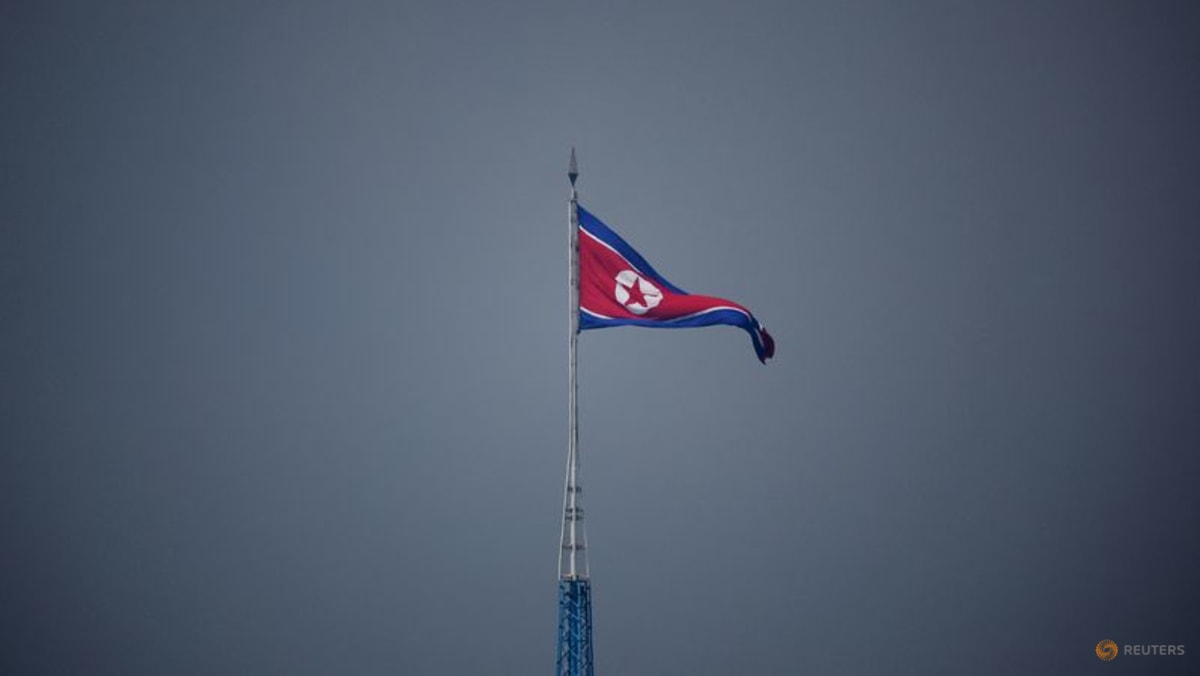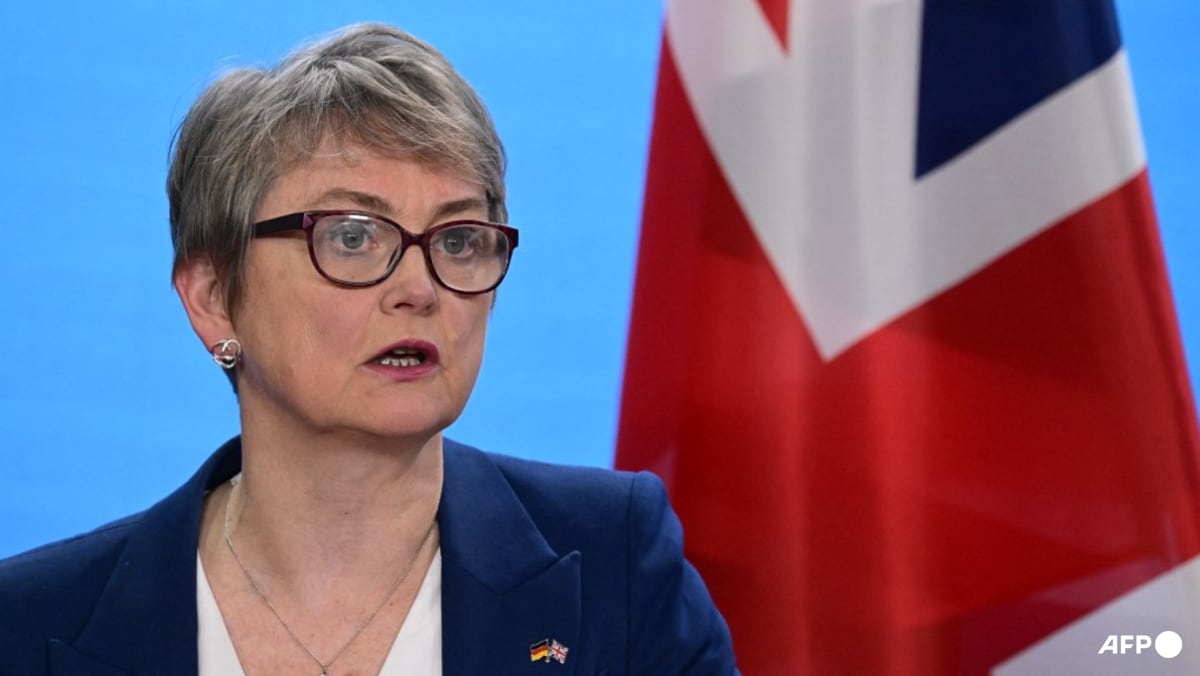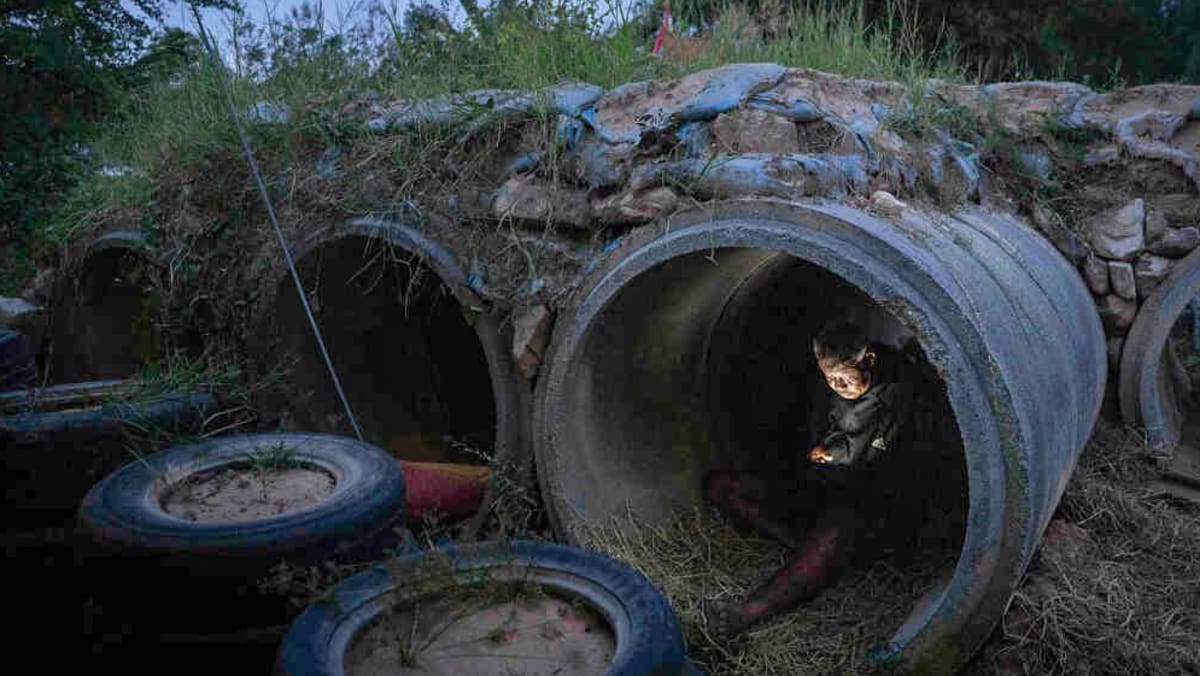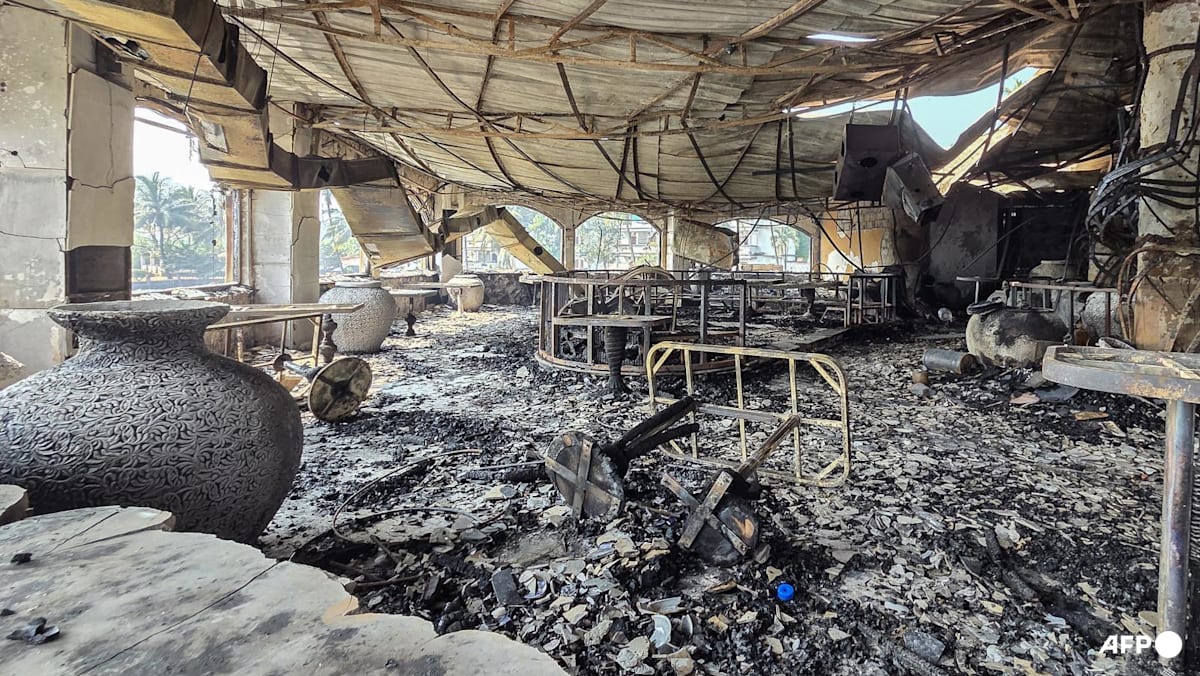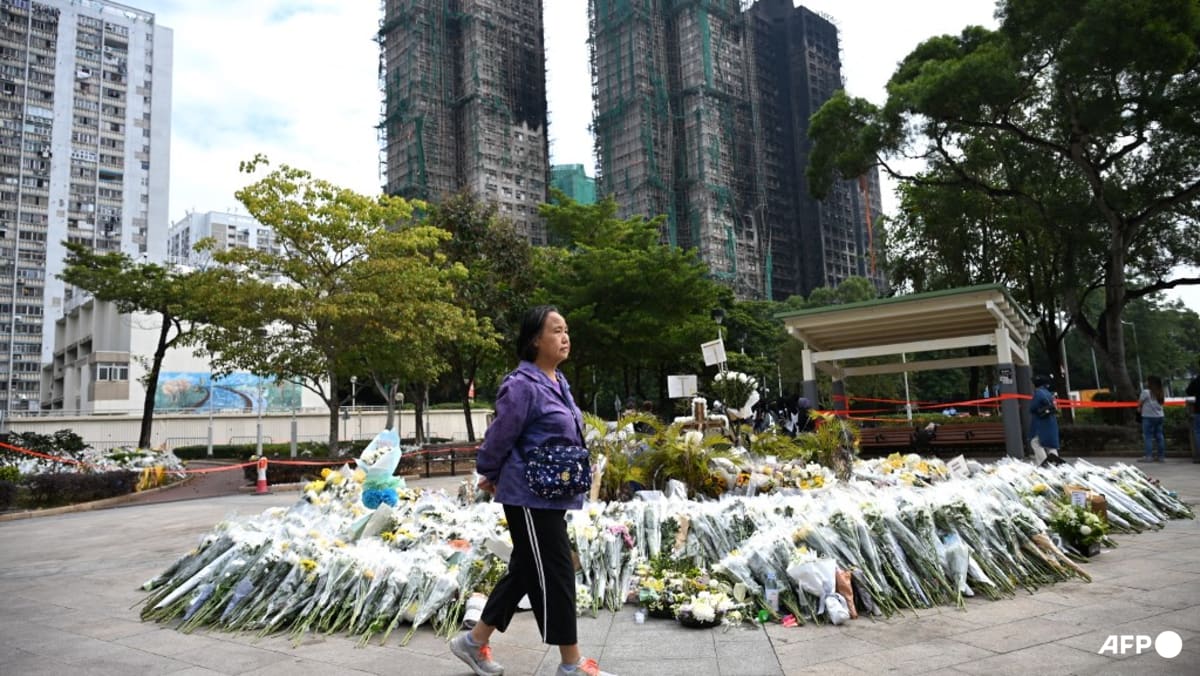Belt and Road Initiative boosts China’s clout overseas, but concerns like debt-trap diplomacy remain: Observers

STRONG DIPLOMATIC SUCCESS, BUT ISSUES REMAIN
The BRI was started in 2013, when Mr Xi highlighted the need to establish a new trade route modelled after the original Silk Road, which connected China and the Far East with the Middle East and Europe.
It laid the building blocks for his legacy project, a massive infrastructure development network designed to re-route global trade.
The project has largely been a strong diplomatic success for China, observers told CNA’s Asia First on Monday (Oct 16).
However, the country’s own economic growth is losing steam and the COVID-19 pandemic’s fallout remains.
Lending has slumped and projects are stalled. Several partner countries are deep in debt, reflecting cracks in the sustainability of Beijing’s lending practices.
“Like many (major infrastructure) projects, what turns out in the end is not always going to be what was initially advertised. That is the same thing for the BRI,” said Associate Professor Chong Ja Ian from the National University of Singapore.
“Because infrastructure is hard. To really put a lot of money into places that are less developed, where governance structures are a bit weaker, that’s pretty risky.”
The project had expected to run into various issues such as social pushback and environmental concerns, said Dr Chong, whose research and teaching focuses on international relations.
“But what’s interesting is, like many other great powers, China had this sort of idea that it could sort of change the world. So China has gained influence to be sure, but it’s not the kind of unmitigated good that I think Xi Jinping initially touted the project to be.”
Source: CNA


